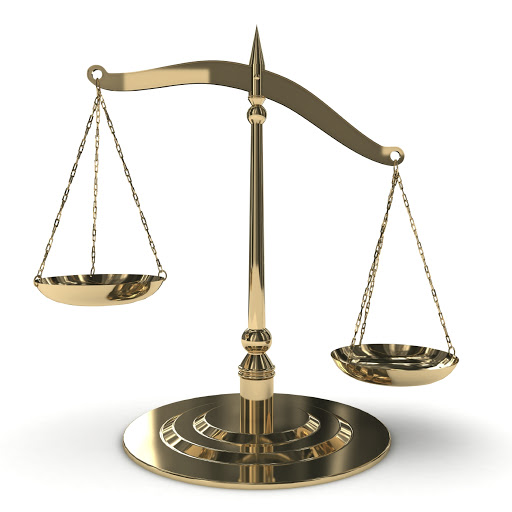
- Value of stock on hand. Depending on your inventory management system, this may require a physical stock to be undertaken on balance date. Schedule this in with enough hands on deck to get the job done efficiently, and if necessary notify your customers of any potential disruptions to service. Now is also a great time to physically dispose of any obsolete stock so it won’t need to be included.
- Work in progress. You may need to provide a figure for WIP, which consists of any labour and materials incurred on jobs which have not yet been invoiced. These should be at cost, rather than at your charge-out rates.
- Bad debts. In order to claim a deduction for any bad debts, these must be written off during the year – with evidence to support this. Write off bad debts now in your accounting software before your balance date arrives.
- Accounts Receivable/Debtors. This is a list of the amounts you are owed by customers as at balance date. This is now extremely easy information to access using accounting software, but if you are not using an accounting programme you will need to write up a list of customers and the amounts they owe you.
- Unpaid invoices. Although we recommend having a good process in place for continually managing overdue invoices, now is also a good time to put in some extra effort on these. Tidy up your accounts by chasing up any unpaid invoices, which also reduces your age of debtors ratio and impacts positively on your cash flow.
- Accounts Payable/Creditors. As with your accounts receivable, you will need to obtain a list of suppliers and amounts owed at balance date (usually these are the statements due to be paid in April). Again, this is readily available in most accounting software programmes, or alternatively manually draft up a list.
- Expenses. Business expenses are deducted from your profits meaning you pay less tax, so it is worth taking time to ensure these can all be accounted for. This includes checking your personal bank accounts for any business-related costs, as it’s easy to forget these.
- Fixed assets register. We recommend keeping a fixed assets register and updating it throughout the year with details of any purchases costing more than $500, as well as noting any fixed assets you no longer have so they can be written off in your annual accounts.
- Shareholder current account. If you have a shareholder current account and it is overdrawn at 31st March you may be subject to pay FBT or interest at the IRD’s prescribed rate. To avoid this you could repay the loan before balance date or declare a dividend.
- It’s often a good idea to take a look at last year’s financial statements to remind yourself of which information we will require from you. You can see exactly what is applicable for you and your business and then update the figures and information accordingly.
As always, please contact us if you have any questions regarding planning for the financial year end.
